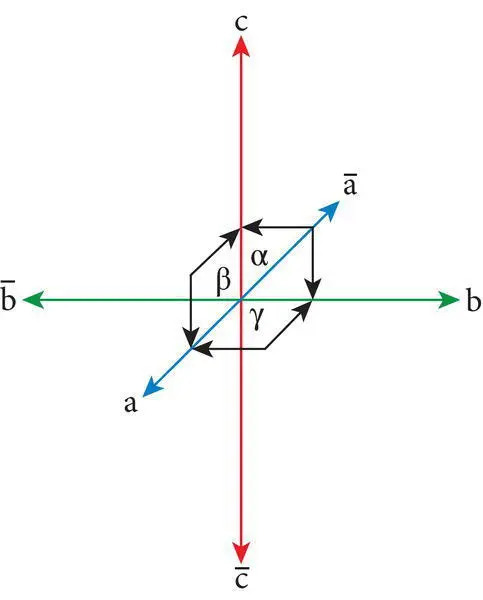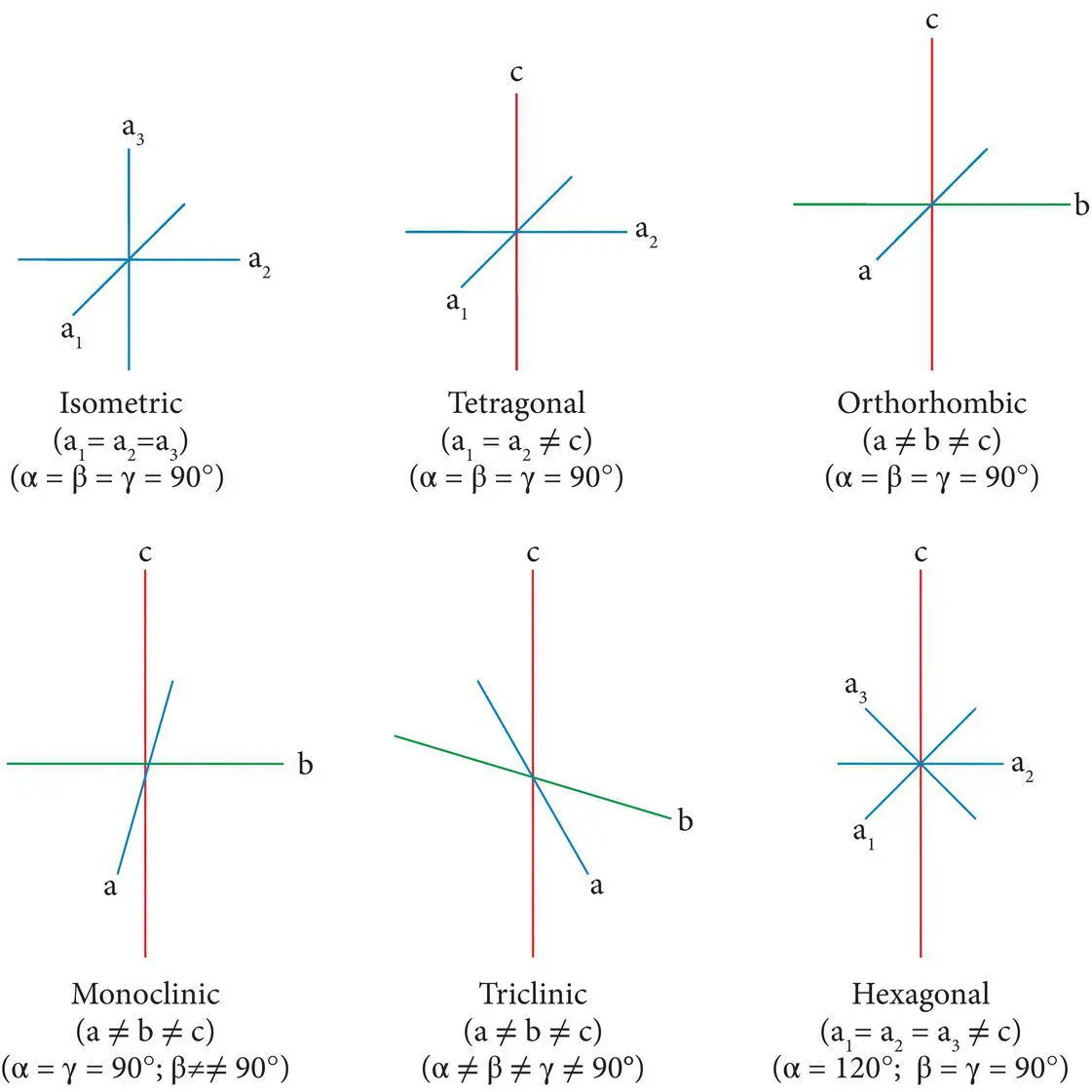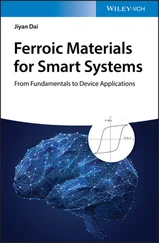John O'Brien - Earth Materials
Здесь есть возможность читать онлайн «John O'Brien - Earth Materials» — ознакомительный отрывок электронной книги совершенно бесплатно, а после прочтения отрывка купить полную версию. В некоторых случаях можно слушать аудио, скачать через торрент в формате fb2 и присутствует краткое содержание. Жанр: unrecognised, на английском языке. Описание произведения, (предисловие) а так же отзывы посетителей доступны на портале библиотеки ЛибКат.
- Название:Earth Materials
- Автор:
- Жанр:
- Год:неизвестен
- ISBN:нет данных
- Рейтинг книги:5 / 5. Голосов: 1
-
Избранное:Добавить в избранное
- Отзывы:
-
Ваша оценка:
- 100
- 1
- 2
- 3
- 4
- 5
Earth Materials: краткое содержание, описание и аннотация
Предлагаем к чтению аннотацию, описание, краткое содержание или предисловие (зависит от того, что написал сам автор книги «Earth Materials»). Если вы не нашли необходимую информацию о книге — напишите в комментариях, мы постараемся отыскать её.
Earth Materials,
Earth Materials,
Earth Materials — читать онлайн ознакомительный отрывок
Ниже представлен текст книги, разбитый по страницам. Система сохранения места последней прочитанной страницы, позволяет с удобством читать онлайн бесплатно книгу «Earth Materials», без необходимости каждый раз заново искать на чём Вы остановились. Поставьте закладку, и сможете в любой момент перейти на страницу, на которой закончили чтение.
Интервал:
Закладка:
Source : Wenk and Bulakh (2016). © Cambridge University Press.

Figure 4.12 The 14 Bravais lattices and the six (or seven) crystal systems they represent.
Source : Courtesy of Steve Dutch.
Table 4.4 Major characteristics of Bravais lattice cells in the major crystal systems.
| Crystal system | Unit cell edge lengths | Unit cell edge intersection angles | Bravais lattice types |
|---|---|---|---|
| Isometric (cubic) | (a = b = c) Preferred format for edges of equal length is (a 1= a 2= a 3) | α = β = γ = 90° | Primitive (P) Body centered (I) Face centered (F) |
| Tetragonal | (a 1= a 2≠ a 3) or a = b ≠ c | α = β = γ = 90° | Primitive (P) Body centered (I) |
| Hexagonal (hexagonal) | (a 1= a 2 ≠c) (a = b ≠ c) | (α = β = 90 o≠ γ = 120°) | Primitive (P) |
| Hexagonal (trigonal or rhombohedral) | (a 1= a 2= a 3) | α = β = γ ≠ 90° | Primitive (P) |
| Orthorhombic | a ≠ b ≠ c | (α = β = γ = 90°) | Primitive (P) Body centered (I) End centered (A, B, C) Face centered (F) |
| Monoclinic | a ≠ b ≠ c | (α = γ = 90° ≠ β) | Primitive (P) End centered (C) |
| Triclinic | a ≠ b ≠ c | (α, β, and γ ≠ 90°) | Primitive (P) |
4.5 CRYSTAL SYSTEMS
Imagine yourself, if you can, the crystals on a web site, in a mineral shop or a museum. Such crystals are partially or completely bounded by planar crystal faces that are produced when minerals grow. Many other mineral specimens are partially or completely bounded by flat, planar cleavage faces produced when minerals break along planes of relatively low total bond strength. The shapes of the crystals, the number and orientation of the crystal faces, and the nature of the cleavage depend on the crystal structure of the mineral. That is, they depend on the basic motif and the symmetry operations that produce the three‐dimensional crystal lattice. The nature of the crystal forms and cleavage surfaces depends on the crystal system and crystal class in which the mineral crystallized.
4.5.1 Crystallographic axes
To identify, describe and distinguish between different planes in minerals, including cleavage planes, crystal faces, and X‐ray diffraction planes, a comprehensive terminology has been developed that relates each set of planes to the three crystallographic axes( Figure 4.13). For all but the rhombohedral (trigonal) division or system, the three crystallographic axes, designated a, b, and c, are chosen to correspond to the three unit cell translation vectors (t a, t b, and t c). With the exception noted, the three crystallographic axes have lengths and angular relationships that correspond to those of the three sets of unit cell edges ( Table 4.4). The rules for the three crystallographic axes are specific to each system; some systems have multiple sets of rules labeling. For details, see Klein and Hurlbut (1985).
When referencing crystallographic planes to the crystallographic axes, a standard set of orientation rulesis used ( Table 4.5). To indicate their similarity, crystallographic axes with the same length are labeled a 1, a 2and/or a 3instead of a, b and/or c. In the isometric, tetragonal, and orthorhombic systems ( Figure 4.14), the b‐axis (or a 2‐axis) is oriented from left to right, with the right end designated as the positive end of the axis (b or a 2) and the left end designated as the negative end of the axis (b&c.ovline; or  ). The a‐axis (or a 1‐axis) is oriented so that it trends from back to front toward the observer. The end of the a‐axis toward the observer is designated as the positive end of the axis (a) and the end of the a‐axis away from the observer is designated as the negative end (ā). The c‐axis is oriented vertically with the top end designated as the positive end of the axis (c) and the bottom end designated as the negative end (c&c.macr;). There are small exceptions to these rules in the hexagonal, monoclinic, and triclinic systems that result from the fact that unit cell edges are not perpendicular to one another so that not all crystallographic axes intersect at right angles. Even in the hexagonal and monoclinic systems, the b‐axis is oriented horizontally with the positive end to the right, and in all systems the c‐axis is vertical with the positive end toward the top and the negative end toward the bottom. The orientations, lengths, and intersection angles between crystallographic axes in each of the major crystal systems are illustrated in Figure 4.14. The characteristics of the crystallographic axes in each system and the standard rules for orienting them are summarized in Table 4.5.
). The a‐axis (or a 1‐axis) is oriented so that it trends from back to front toward the observer. The end of the a‐axis toward the observer is designated as the positive end of the axis (a) and the end of the a‐axis away from the observer is designated as the negative end (ā). The c‐axis is oriented vertically with the top end designated as the positive end of the axis (c) and the bottom end designated as the negative end (c&c.macr;). There are small exceptions to these rules in the hexagonal, monoclinic, and triclinic systems that result from the fact that unit cell edges are not perpendicular to one another so that not all crystallographic axes intersect at right angles. Even in the hexagonal and monoclinic systems, the b‐axis is oriented horizontally with the positive end to the right, and in all systems the c‐axis is vertical with the positive end toward the top and the negative end toward the bottom. The orientations, lengths, and intersection angles between crystallographic axes in each of the major crystal systems are illustrated in Figure 4.14. The characteristics of the crystallographic axes in each system and the standard rules for orienting them are summarized in Table 4.5.

Figure 4.13 Conventional labeling of crystallographic axes, illustrating the positive and negative ends of the three crystallographic axes and the angles between the axes for crystals in the orthorhombic system.
Table 4.5 The relationships of crystallographic axes and the rules for orienting crystals in each of the crystal systems. Note that the trigonal system (division) is listed independently of the hexagonal system (division) in this table.
| Crystal system | Verbal description | Symbolic description |
|---|---|---|
| Isometric (cubic) | Three mutually perpendicular axes (a 1, a 2, a 3) of equal length that intersect at right angles | (a 1= a 2= a 3) (α = β = γ = 90°) |
| Tetragonal | Three mutually perpendicular axes; axes (a 1, a 2) are of equal length; the c axis may be longer or shorter | (a 1= a 2≠ c) (α = β = γ = 90°) |
| Orthorhombic | Three mutually perpendicular axes of different lengths (a, b, c); two axial length ratios have been used to identify the axes: c > b > a (older) or b > a > c (newer) | (a ≠ b ≠ c) (α = β = γ = 90°) |
| Monoclinic | Three unequal axes lengths (a, b, c) only two of which are perpendicular. The angle (β) between a and c is not 90°. The a‐axis is inclined toward the observer. The b‐axis is horizontal and the c‐axis is vertical | (a ≠ b ≠ c) (α = γ = 90 o; β ≠ 90°) |
| Triclinic | Three unequal axes, none of which are generally perpendicular. The c axis is vertical and parallel to the prominent zone of crystal faces | (a ≠ b ≠ c) (α ≠ β ≠ γ ≠ 90°) |
| Hexagonal | Four crystallographic axes; three equal horizontal axes (a 1, a 2, a 3) intersecting at 120°. One longer or shorter axis (c) perpendicular to the other three. a 1oriented to front left of observer; a 2to right; a 3to back left; c vertical. Sixfold axis of rotation or rotoinversion | (a 1= a 2= a 3≠ c) (α = β = 90°; γ = 120°) |
| Trigonal (or rhombohedral) | Axes and angles are similar to the hexagonal system; crystal symmetry is different with the c‐axis a threefold axis of rotation or rotoinversion | (a 1= a 2= a 3≠ c) (α = 120°; β = γ = 90°) |

Интервал:
Закладка:
Похожие книги на «Earth Materials»
Представляем Вашему вниманию похожие книги на «Earth Materials» списком для выбора. Мы отобрали схожую по названию и смыслу литературу в надежде предоставить читателям больше вариантов отыскать новые, интересные, ещё непрочитанные произведения.
Обсуждение, отзывы о книге «Earth Materials» и просто собственные мнения читателей. Оставьте ваши комментарии, напишите, что Вы думаете о произведении, его смысле или главных героях. Укажите что конкретно понравилось, а что нет, и почему Вы так считаете.












